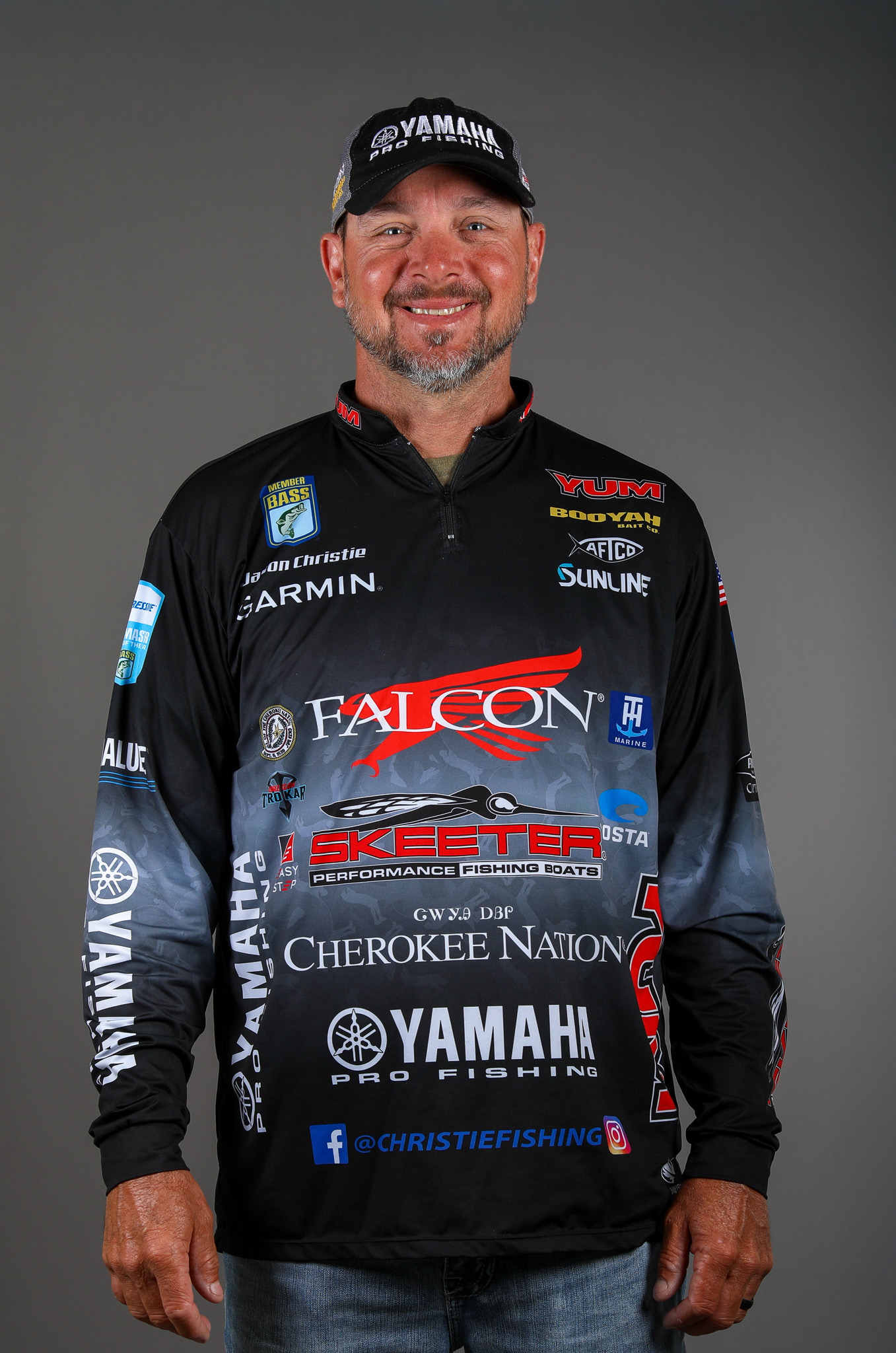
Every year, it seems like there are two or three different stages of a tournament season; there’s the prespawn, the spawn and then we get into the summertime fishing. Weather wise, we’ve already transitioned from rain jackets and bibs to shorts and sun shirts.
This year’s a little different because having the GEICO Bassmaster Classic after two Bassmaster Elite Series events kind of created its own set of stages. We had a pre-Classic period, the Classic and now we’ll spend the remainder of the season in a post-Classic mode.
What that means is the Classic excitement is behind us, and we’re back to focusing more on the points race. Of course, every one of us wants to win each event we fish, and we’ll definitely approach it like that. But you have to be realistic.
For me, I think that’s about replacing the all-or-nothing mentality with more of a long-term strategy. In the Classic, you go for the win. There’s no other objective, so you put it all on the line.
We’re all highly competitive in Elites events, too, but if you realize you’re not on the fish to win, you have to transition to a strategy of getting as many points as you can.
The big thing is you don’t want any bombs. One really bad finish can leave you digging out of a hole the rest of the season. Two bombs and you won’t be in the Classic next year.
This week’s Elite event on Toledo Bend will probably be one of this year’s most enjoyable. Anytime you go to a lake with the reputation and history like this, you get excited.
You know that any time of the day, within rifle range of your boat, there’s probably a 9- or 10-pounder is swimming. We’re professionals, but we still like to catch big ’uns. And when you realize that the next cast could be the fish that changes a day, it gets you excited.
The weights here are always good, but this year I don’t think the guys will be catching the heck out of them. A guy may come in with 20 pounds and only catch seven or eight keepers in a day.
We’re in a time right now where a little bit of everything can play. There’s not a lot of fish doing one thing; there are a whole lot of fish doing different things.
It’s still Toledo Bend, and you’re probably going to be around five big ones each day. The thing about this lake is the big-fish factor. You can have 14 pounds at 2 o’clock and then catch an 8- or 9-pounder that bumps you right up to 20 and makes you look like a hero.
It’s just hard to do that several days in a row.
As far as the game plan, it’s pretty straightforward: You fish for big ones and hope you get seven or eight bites a day and hope you get them all in the boat.
The last time we were here, the lake was much higher and there was a lot of fishable cover on the bank. This year, the water is a good bit lower and that takes a lot of that cover out of play.
That makes it a little tougher because, for the most part, Toledo Bend is a pretty flat lake once you get around the bank. Of course, I like to fish that shoreline cover, so the water level is going to change it a little for me, but there will still be some big fish caught around the bank.
I do think we’re going to see guys doing a lot of different things. Even though a lot of the fish have already spawned, you’re still going to see some stragglers that come in and spawn. But I think the main deal will be a postspawn tournament.
One the best things about Toledo Bend is its size. I fished 10 hours on the first day of practice and didn’t see four boats. Once you get something figured out, you don’t have to worry a whole lot about attracting company. This lake is so big, it tends to scatter out the field.
Practice has been about keeping 10 rods on the deck and fishing what’s in front of me.
My goal by the end of practice is to have that narrowed down to two or three rods with something those big Toledo Bend fish like.

